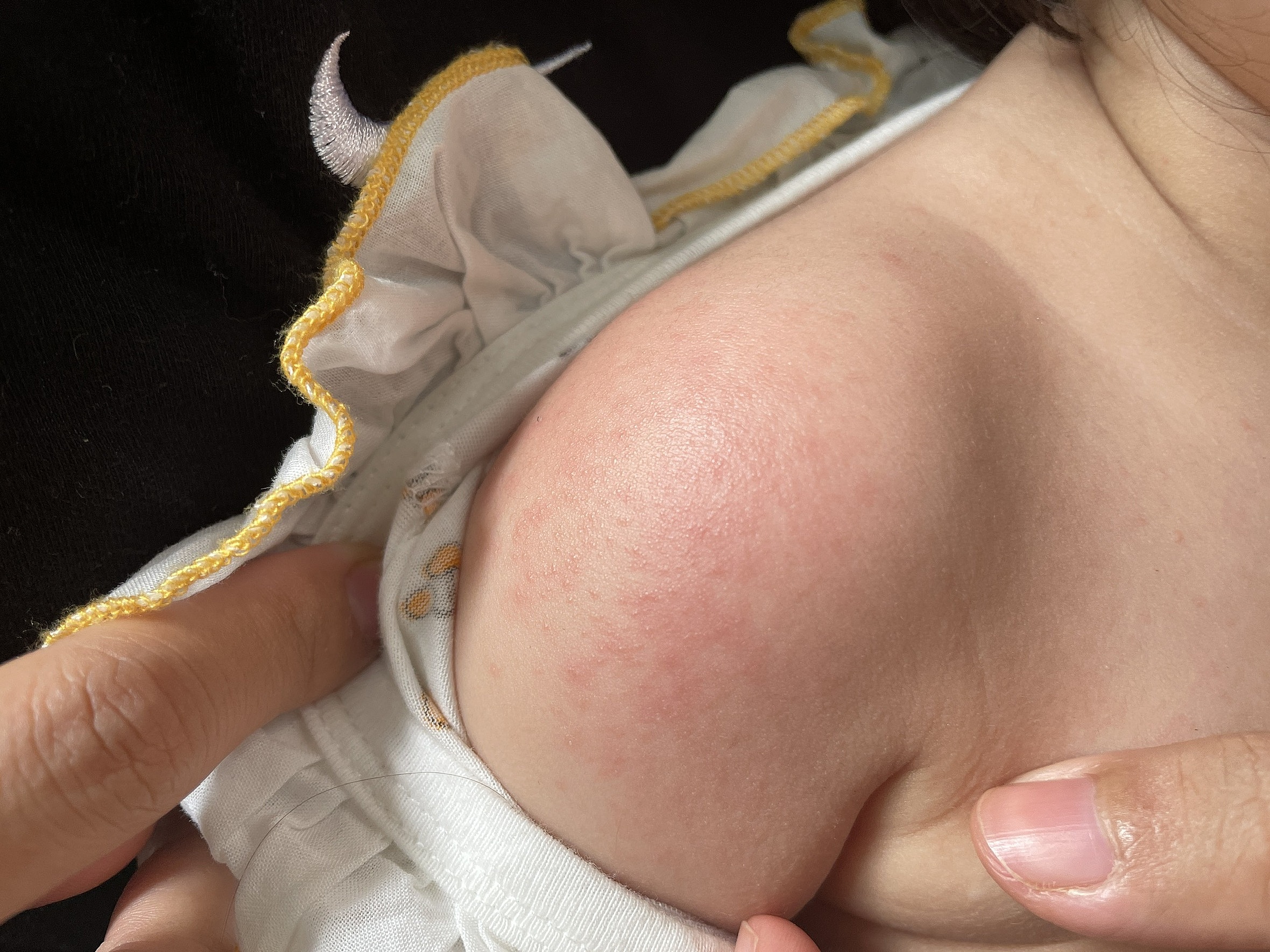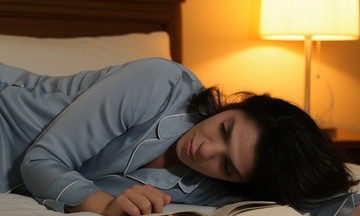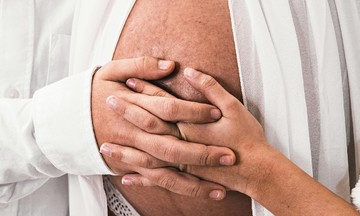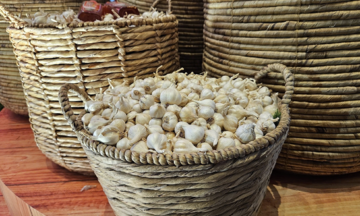Answer:
The Chikungunya virus is transmitted by the Aedes aegypti and Aedes albopictus mosquitoes, the same species that transmit dengue fever and Zika. Chikungunya typically develops 3-7 days after being bitten, with symptoms including high fever exceeding 39 degrees Celsius, severe joint pain, a rash, muscle aches, headaches, fatigue, nausea, and conjunctivitis. According to the World Health Organization (WHO), this disease can cause prolonged joint pain but is rarely fatal.
Joint pain is a common symptom of Chikungunya. Infected infants, unable to describe their pain, may cry excessively, refuse to feed, or resist being held. Older children may limp. Infants are generally more severely affected than adults.
In children, the disease often manifests with skin symptoms, sometimes including a bullous rash, a rare occurrence in adults. Neurological effects can include seizures, encephalitis, meningitis, lethargy, and altered consciousness. Digestive issues like vomiting and diarrhea can lead to dehydration.
Newborns are particularly vulnerable as the virus can be transmitted from mother to child during delivery, causing respiratory distress, heart failure, meningoencephalitis, and blood clotting disorders. Children under one year old and those with underlying health conditions (heart, lung, or neurological issues) are at higher risk of severe complications.
Chikungunya symptoms in children can resemble those of dengue fever, hand, foot, and mouth disease, measles, and rubella, potentially leading to misdiagnosis and delayed treatment. Doctors diagnose the disease based on clinical symptoms, travel history, and tests like RT-PCR and ELISA.
 |
Skin rashes are a common symptom of mosquito-borne illnesses in children. Photo illustration: Dinh Lam |
Currently, there's no specific treatment for Chikungunya; care focuses on alleviating symptoms. Parents of infected children should consult a doctor. Paracetamol can be administered according to the child's weight, but aspirin should be avoided due to the risk of Reye's syndrome (which can affect the brain and liver after a viral infection). Ensure adequate hydration with water, milk, fruit juice, or oral rehydration solutions. Seek immediate medical attention if the child exhibits lethargy, seizures, difficulty breathing, mottled skin, or cold hands and feet.
Chikungunya can be prevented by avoiding mosquito bites. Use mosquito repellent creams or sprays containing DEET or Picaridin. Dress children in long-sleeved, light-colored clothing, and use mosquito nets, even during the day. Eliminate stagnant water around the home, change water in flower vases and fish tanks regularly, cover water containers, and install mosquito screens.
While no cases have been officially reported in Vietnam, serological studies suggest the virus is circulating within the community.
Dr. Le Thi Hong Hue
Pediatrics Department, Tam Anh General Clinic, District 7
| Readers can submit questions about children's health here for doctors to answer. |












